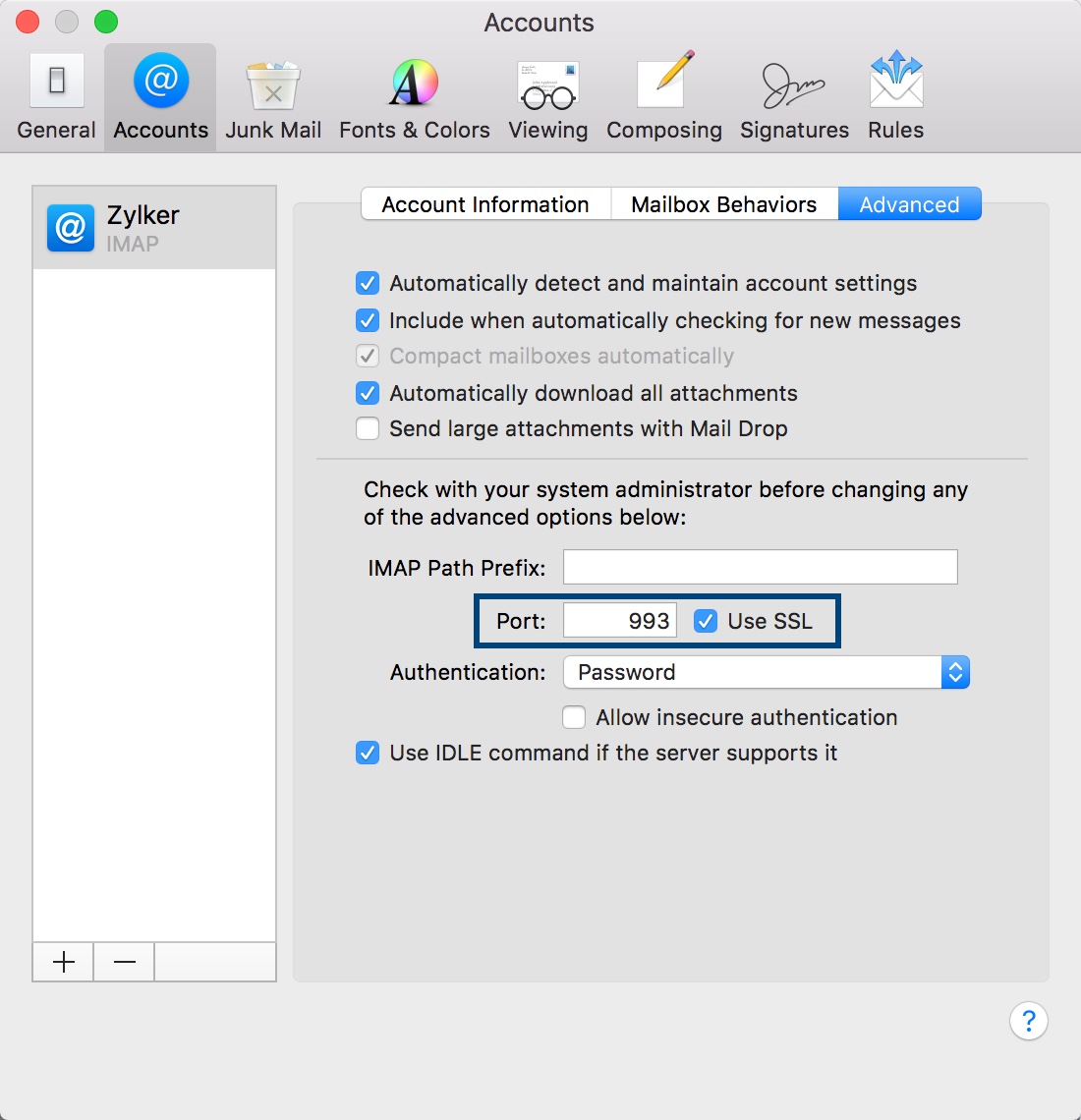

The emails are therefore simply filed AS-IS. And that in turn makes it insecure, because any hackers would then probably have access to this key. This means that the server process must be able to decrypt these emails. Sure, but then the server would have to be able to decrypt the e-mails again and then pass them on to the user in plain text (if you want to read the e-mail at some point). You could store the emails encrypted on the server side. Because for hackers, that's just what they're looking for: easy access to a lot of personal informaytion - and you get a lot out of a person's emails. That's not tragic per se, but then I have to trust the server admin 100%!Īnd not only them - the server admin from the sending server and from the receiving server, because normally the email arrives on both in PLAIN TEXT 1.Īnd that's not enough either, because sometimes emails are also sent via relays, then I have to trust the admins of those relays as well.Īnd I don't just have to trust the admins, but also their ability to secure the servers. This is a good idea per se and nobody should retrieve emails without encryption.īut the big problem lies on the server side, all emails are usually stored in plain text, as normal text files. What's the problem now? In principle, communication with the client is encrypted when SSL is used. There is also an SSL-encrypted variant (IMAP/S) here. With IMAP, the connection to the server remains permanent and the server can, for example, "let you know" when an email arrives (push). IMAP: the Internet Message Access Protocol is a more "modern" version of POP3 and offers many more functions.Then the communication to the client is at least encrypted. Still in use, even if it's quite limited in functionality. POP3: the Post Office Protocol 3 is also a plain text protocol, which is used to read emails from the server.The security of the protocol has been increased somewhat by tinkering around with 'SSL', which is also referred to as 'SMTP/S'. SMTP: the Simple Mail Transfer Protocol is a plaintext protocol used to send emails.Strictly speaking, there are three protocols: Encryption was not thought of at the time and was of course not implemented. The emails we use today look very colorful and styled, but they are based on a protocol that dates back to the last millennium. Since this is such an important topic for me, let's quickly make a small digression about how email works and what email security is all about. So this list is definitely not complete, and it shows my personal experience and my opinion! Email and Security I did not have a closer look at Email clients not supporting standard imap, because those are my primary accounts. I took a closer look at email clients on OSX and iOS and compared them with the featured listed above. And the result is really sometimes disappointing. So, there are a lot of Email clients in the App Store, I tried a couple of them. Some of the things can not be added directly to the MailApp, but to the system - most of the time not in a really good way (like markdown support). Other features you can get by using some plugins or extensions, like GPG support. Some of those things are part of apples mail app, but definitely not all of it. gimmics like "Know your from address by the history of communication with the specified contact" or "send later".notification options on a account basis.markdown support (especially for OSX, for typing on iOS it does not really help if it is markdown).Best would be, if you could easily mark an email as TODO or IMPORTANT. OSX Email and most of the other allow for up to 7 different flags for each email. support for exchange (on MacOS this is not really necessary, as you can still use DavMail).That’s the most important thing! You use emails for everything on the internet now, so the one knowing your emails, knows you! So it is generally not a good idea to have your emails routed through some kind of notification service or (even worse) have your credentials stored at some server, which downloads, filters and processes your emails There are some features a good email client needs to have: Apples own email client is not really bad. Having the right tool for the job is definitely a good idea.


On my mobile devices (iPhone / iPad) things are not so nice.Įmail is the means of communication not only for business. Spoiler Alarm: this search was not really successful, but at least for MacOS I have a solution. Every once in a while I take a closer look at email-clients and see, if there is a good replacement for Apples Mail.app.


 0 kommentar(er)
0 kommentar(er)
